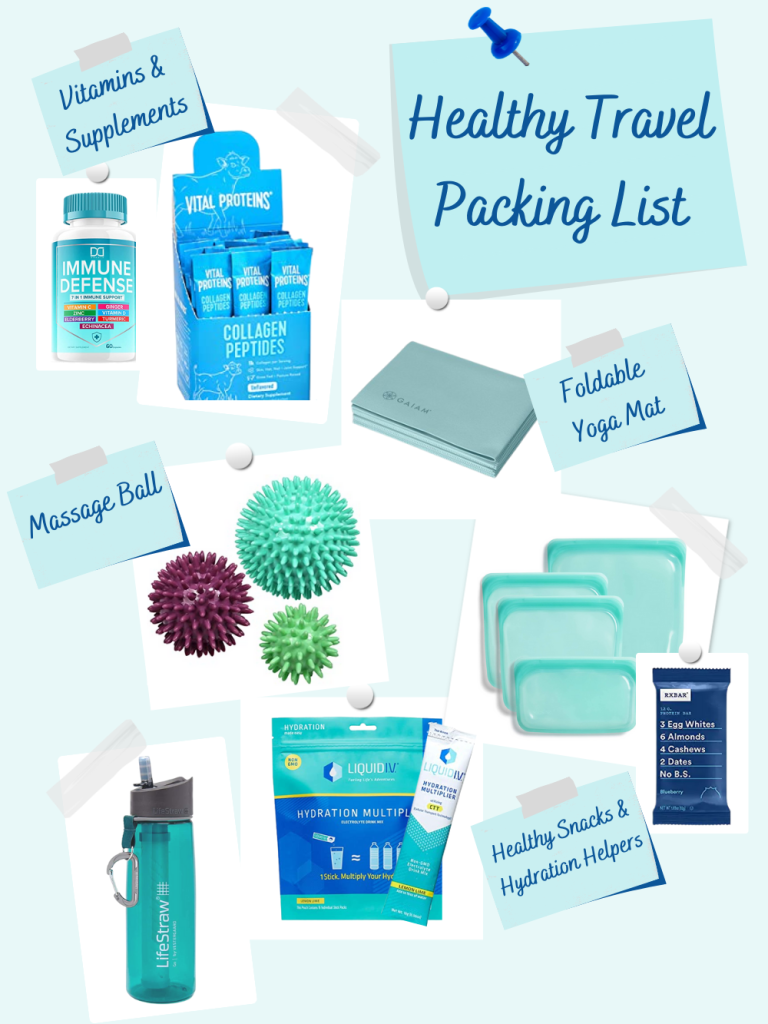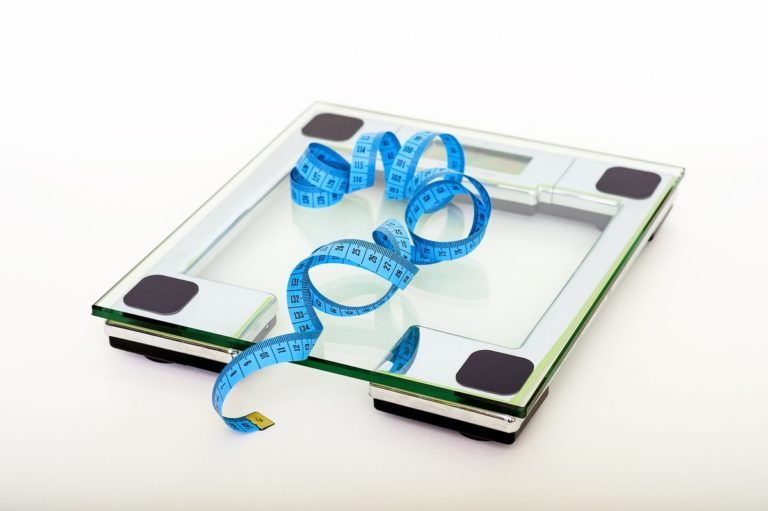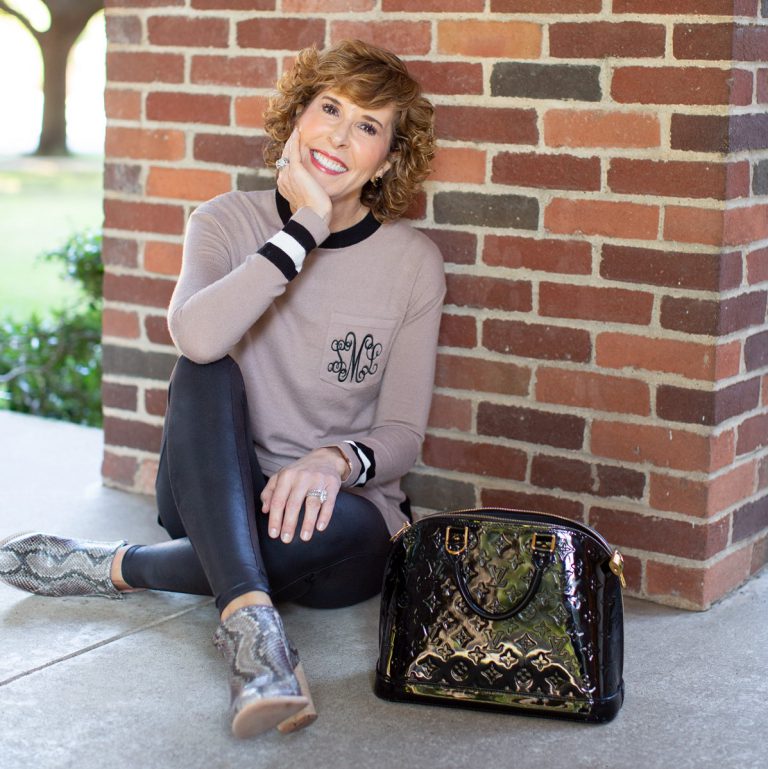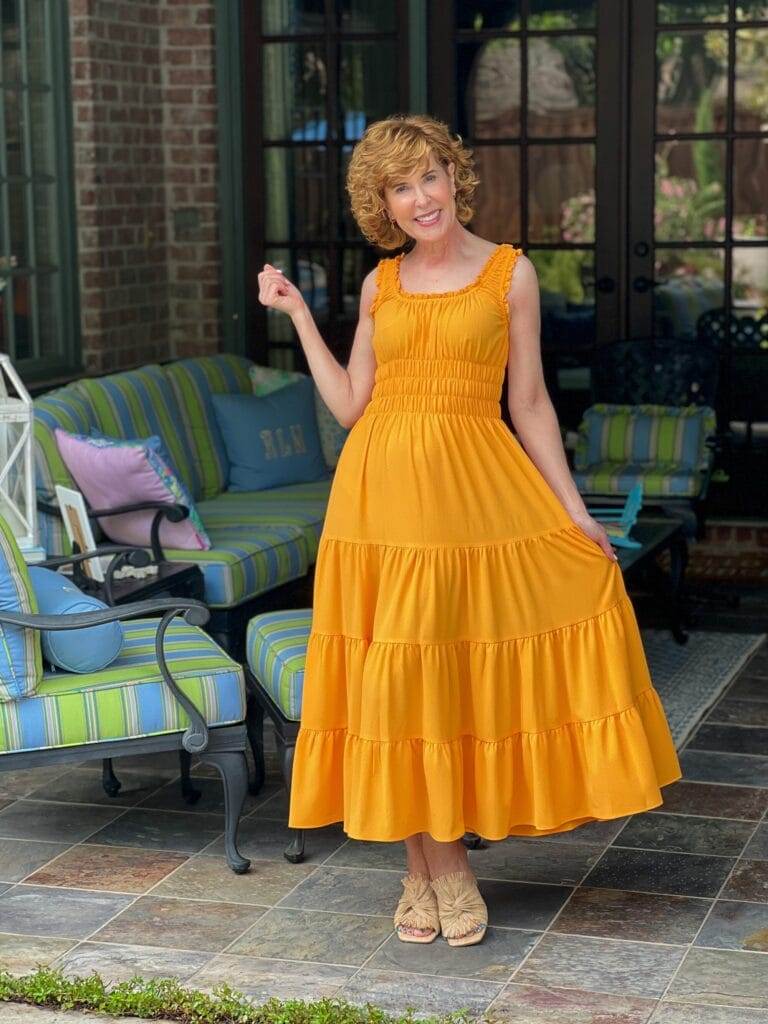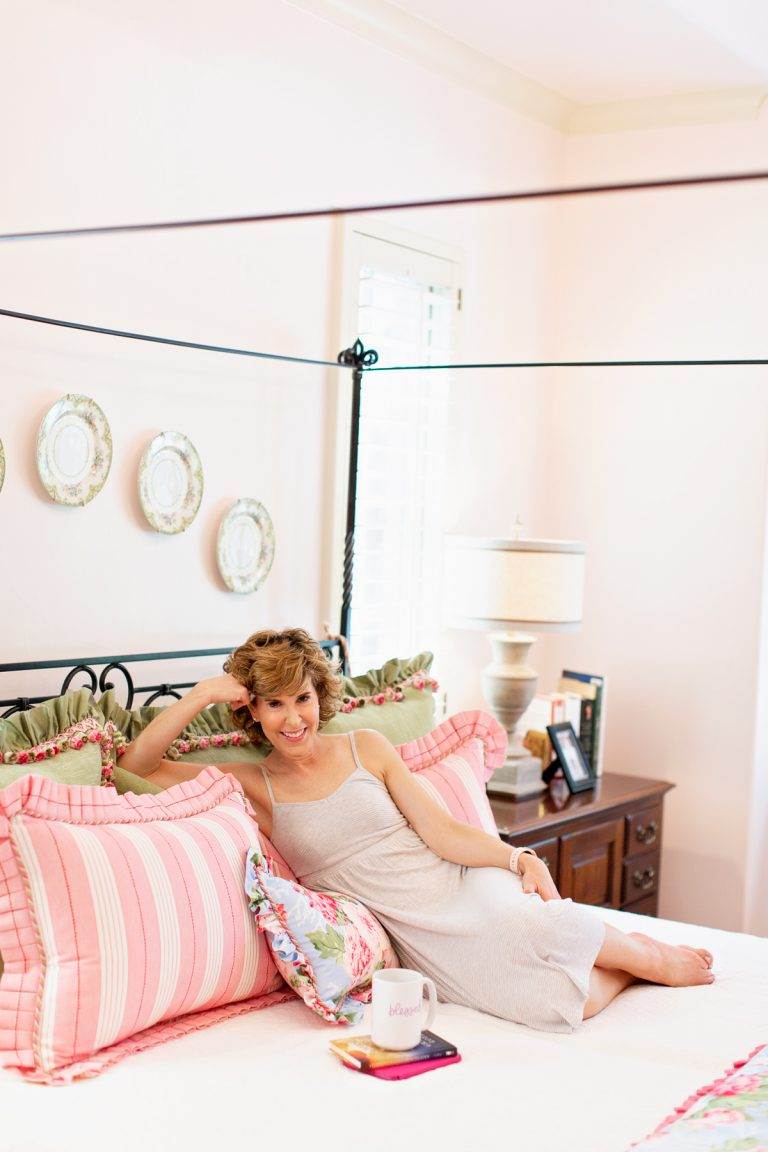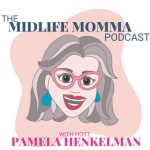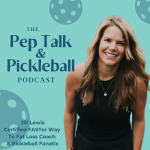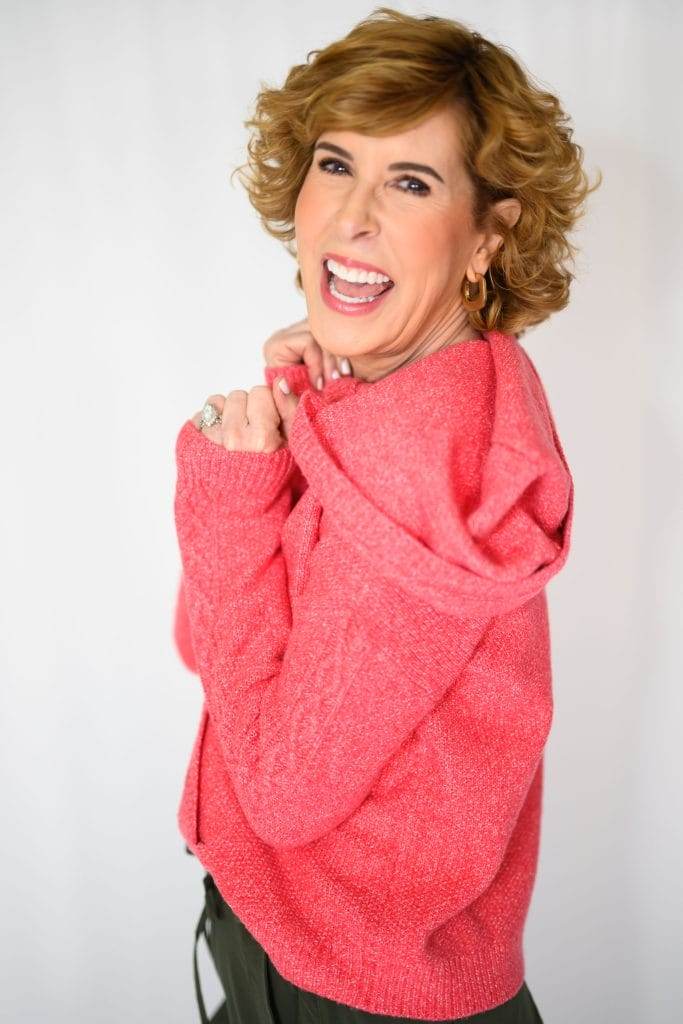Fit After Fifty | Five Tips to Keep You Strong & Healthy

When it comes to being fit after fifty, we all want the same thing. We want to be strong, fit, and healthy enough to do all the things we want to do. As an empty nester, I’ve found that it’s even truer than it was when the kids were in the nest. Once I gave myself permission to put some of my focus back on myself, I discovered that there were a lot of things I wanted to do and places I wanted to go! This summer, Bob and I are going on a cruise to Alaska. Perhaps feeling a little too “nifty over fifty” (!), we signed up for the most rigorous excursions offered. I hope we’re not in over our heads! Today I’m sharing five practical tips to keep in mind if your goal is to get/stay/be fit after fifty.
Face Facts
You know you’re not 20 anymore. But what does that mean practically? One thing it means is that you can’t be a weekend warrior. Living a sedentary life throughout the week and thinking you can make up for it by being active on the weekends will only lead to muscle soreness, discouragement, and maybe even injury. You also can’t continue eating like a teenager without repercussions. Your metabolism has slowed, and the weight will start creeping on—especially in your midsection. This addition of visceral fat—which surrounds the internal organs deep inside your abdomen, increases your risk of cardiovascular disease, insulin resistance, and type 2 diabetes. If you’re seeking to be fit after fifty, It’s time to face facts and make adjustments.
Eat Less (but Smarter)
Even if you maintain the same level of activity, your body needs fewer calories as you hit your 50s. A National Institutes of Health study found that cutting back calories reduced blood pressure, cholesterol, and insulin resistance. According to the U.S. Dietary Guidelines, moderately active 50-year-olds need 200 fewer calories a day than they needed in their 40s. And if you’re trying to lose weight, the hard truth is you’ll have to cut your calories even more. The good news? Multiple recent studies show that reduced caloric intake leads to slower aging and increased longevity and that people who ate less saw significant drops in the hormones that moderate metabolism. But eating less isn’t the only key. What you eat becomes even more critical after fifty. Too little protein hastens muscle loss, so try to bump up your intake and spread it throughout the day.
Muscle Up
According to a Harvard study, healthy 50-somethings who added weight training to their fitness routines put on less belly fat than those who just added more cardio. Why? Because muscle mass decreases as early as our 30s, and it declines about 15 percent per decade – starting around age 50. This means that there is no way to maintain your weight, metabolism, or fitness level without adding strength training into your workout. For women, this may be even more important, because women’s bones can lose up to 30% of their density between ages 50 and 60. Muscle burns more calories than fat, so the less muscle you have, the easier it is for your body to turn extra calories into fat. In a Wake Forest study of overweight adults, those who cut 300 calories a day lost 12 pounds. But those who cut the same number of calories and also weight-trained lost almost 20 pounds in the same time frame, with more of it coming from fat. Also, core training becomes even more important after age fifty, since strong abs protect your back, ensure good posture and guard against lower back pain. I lift weights about three times a week, but I do at least some body-weight muscle building exercises every single day.
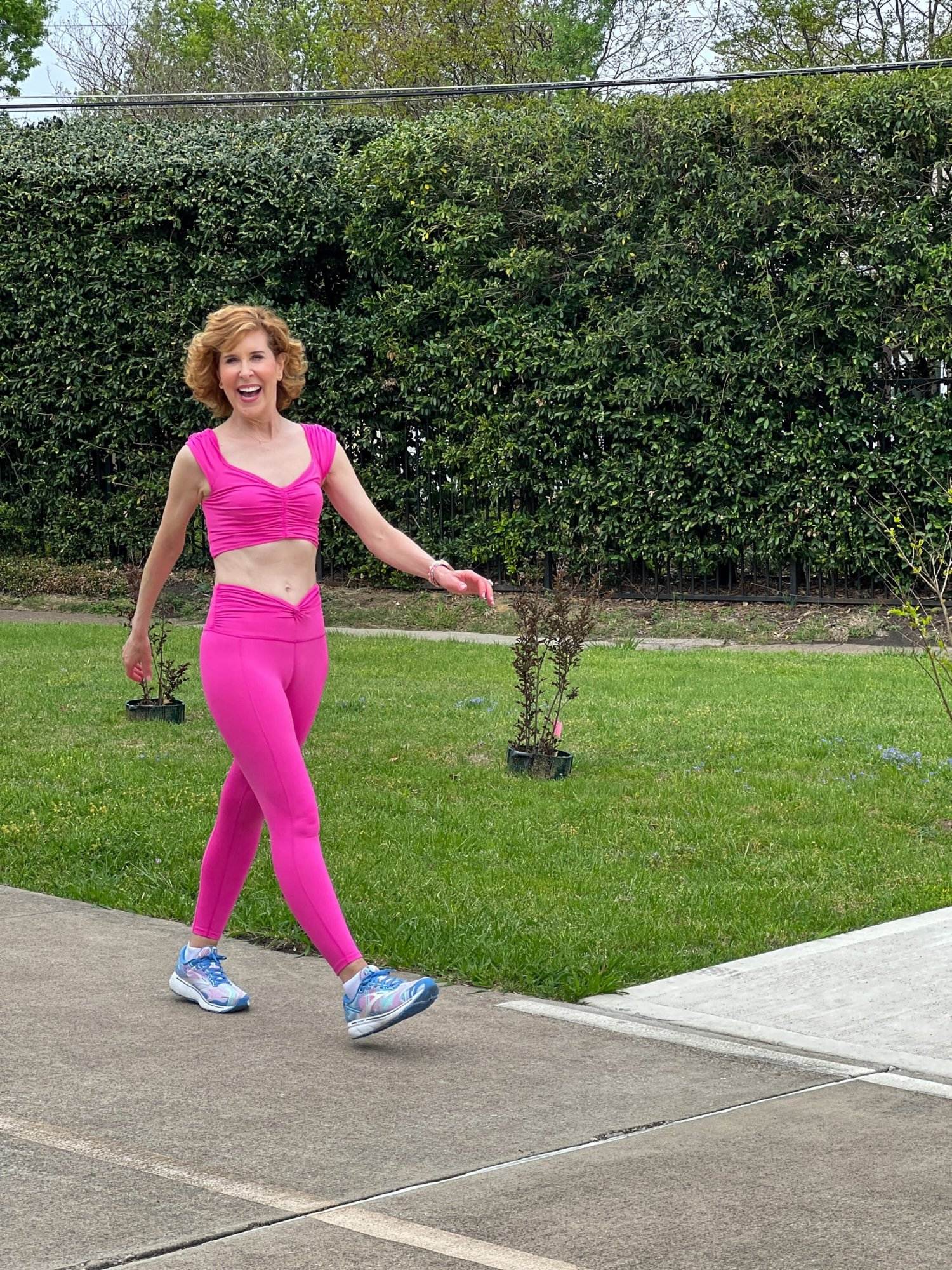
How to Lose Weight
When You’re Over 50
Already a subscriber? Enter your email – you won’t be subscribed twice!
Stretch
As we age, joints weaken, and range of movement decreases. Stretching improves flexibility and balance, increases circulation and blood flow, and reduces the risk of injury and falls. The American College of Sports Medicine recommends stretching each of the major muscle groups at least two times a week for 60 seconds per exercise. There are two basic types of stretches: dynamic and static. A dynamic stretch is when you a muscle group through an entire range of motion, ideally smoothly and fluidly. A static stretch is one where you stretch a muscle to the full extent of your ability and hold it for 15 to 30 seconds.
Move More
Even if its spread throughout the day, increased activity can help you stay fit after fifty. In fact, a study out of Duke suggests that moderate or vigorous activity—even for less than 10 minutes at a time—helped stave off health issues. That means that little bursts of activity like taking the stairs, parking farther away from the entrance at work, or walking to the store instead of driving can make a big difference. Not surprisingly, more activity is better, with study participants who were more active improving their health benefits significantly. The benefits of cardio are widespread, from a slower heart rate, decreased blood pressure and improved sleep and mood to a boost in brain power.
I figure if you’re going to make activity and fitness an essential part of your life, you want to love your workout wear! My favorite workout wear is by , a reasonably-priced line at . These are high-waisted, so they give my lower back a little extra support and compression, which I appreciate. I wear a pretty , and I usually wear over it to wick away the sweat and keep things a little bit covered. (Unfortunately, my pink tank is sold out, but it comes in lots of pretty colors, which I’ve linked below.) My favorite shoes are . I think of them kind of like tires on a car, so I buy a new pair every year to keep the treads and the cushioning fresh.
So there’s your #MondayMotivation! What adjustments have you made to your fitness and food since you turned fifty? I’d love to know!
Blessings,
SHOP THE POST
Photos by Megan Weaver.







